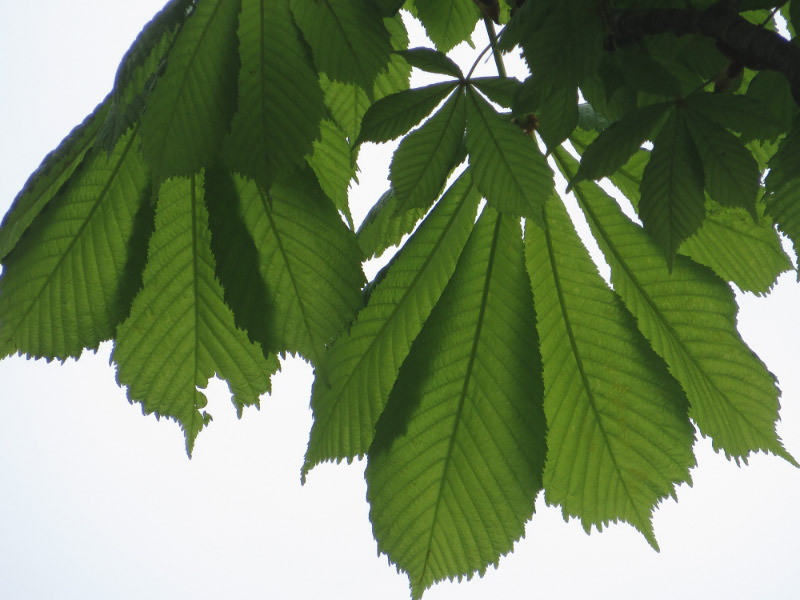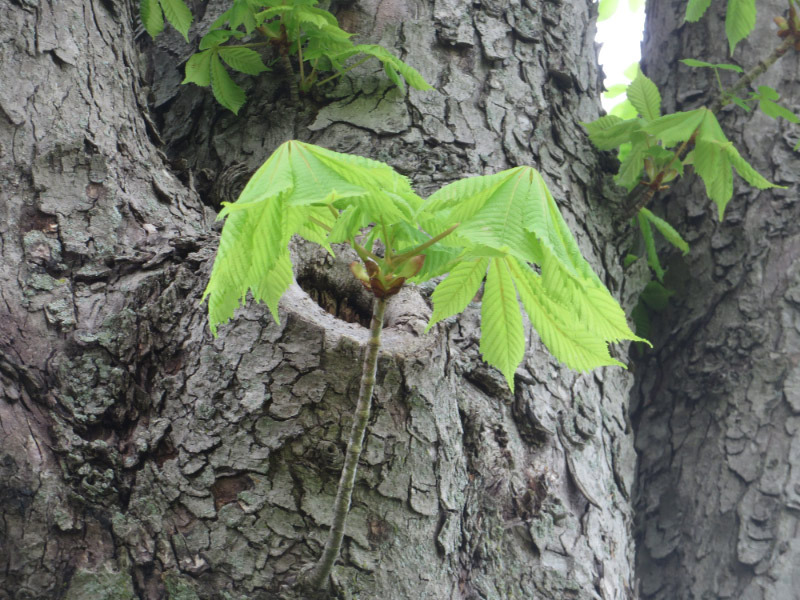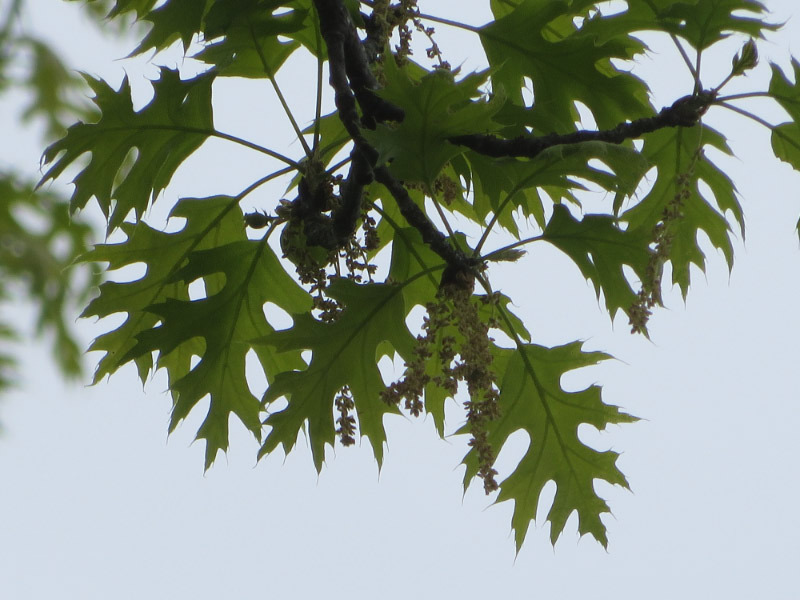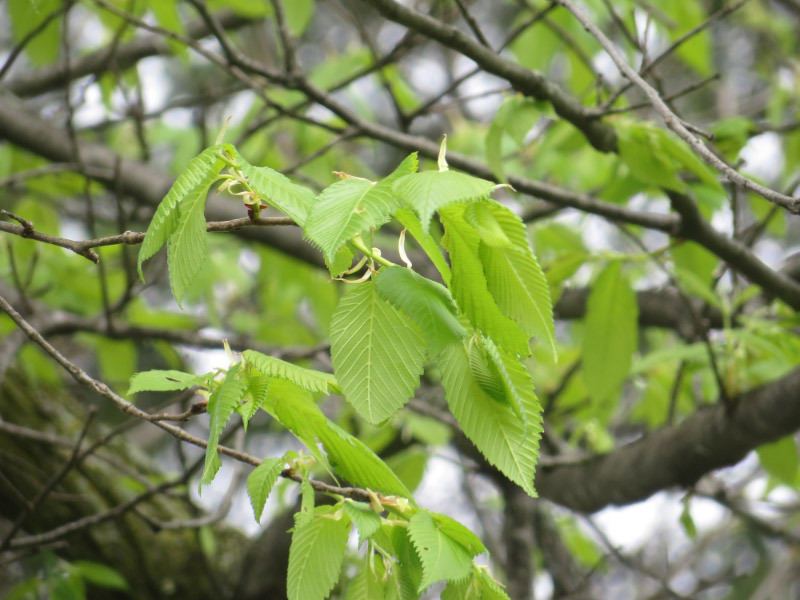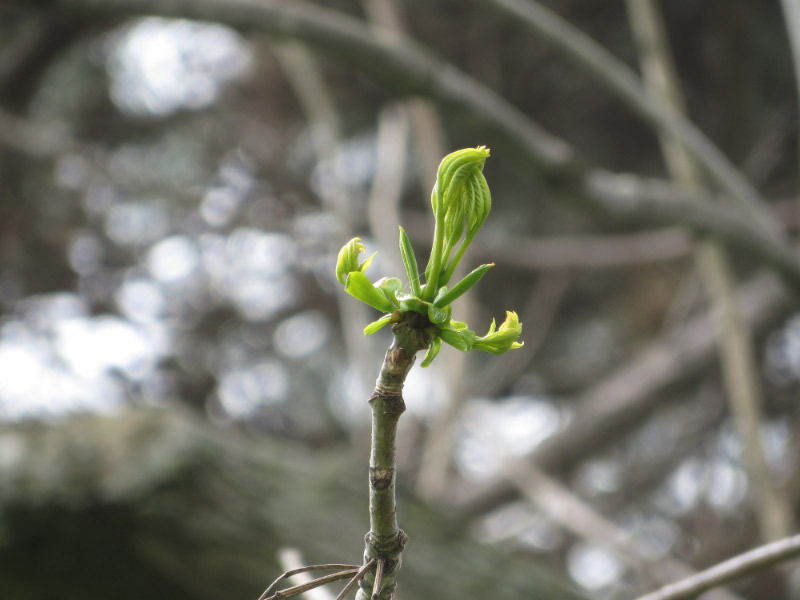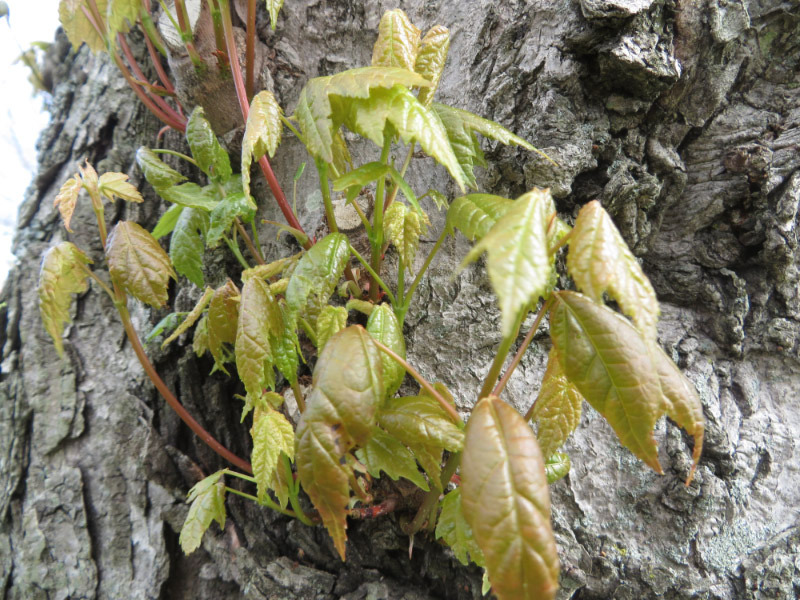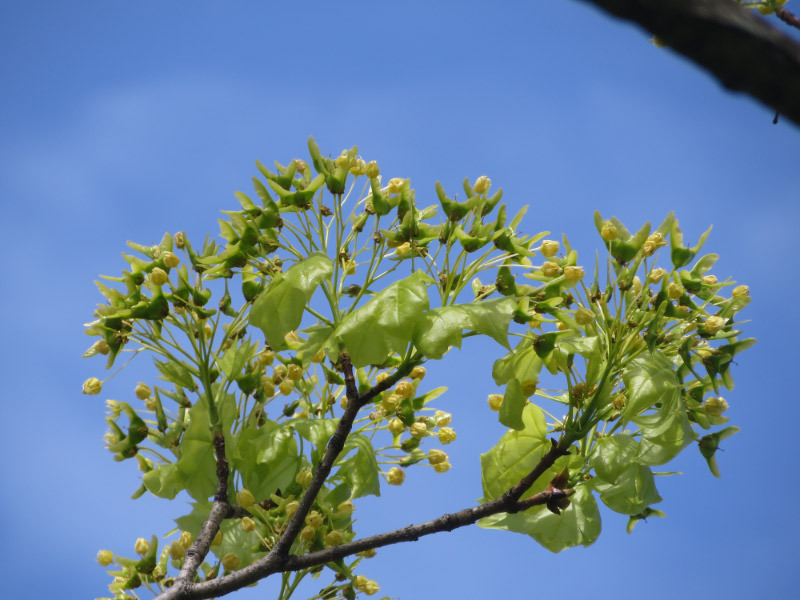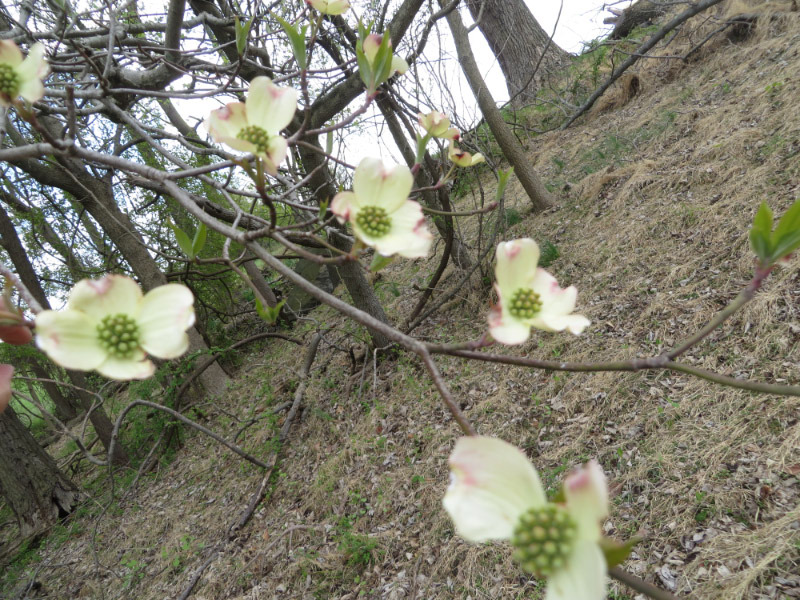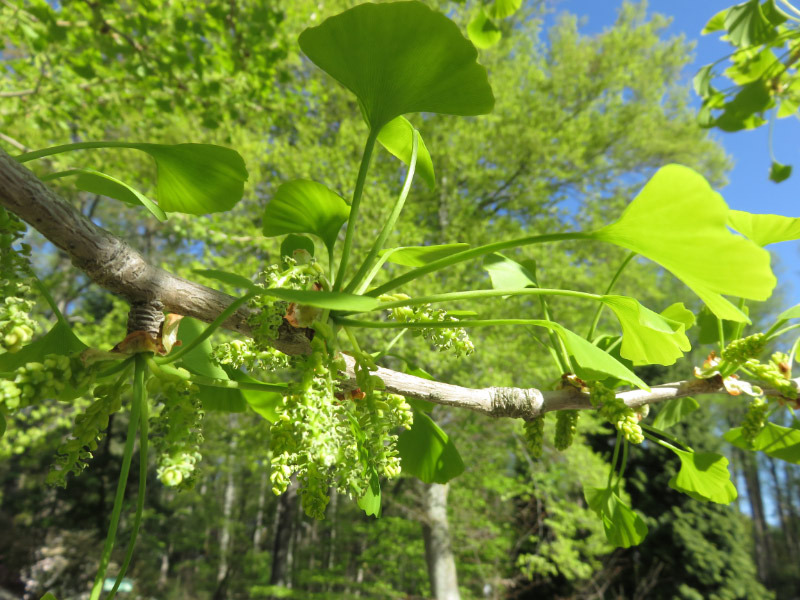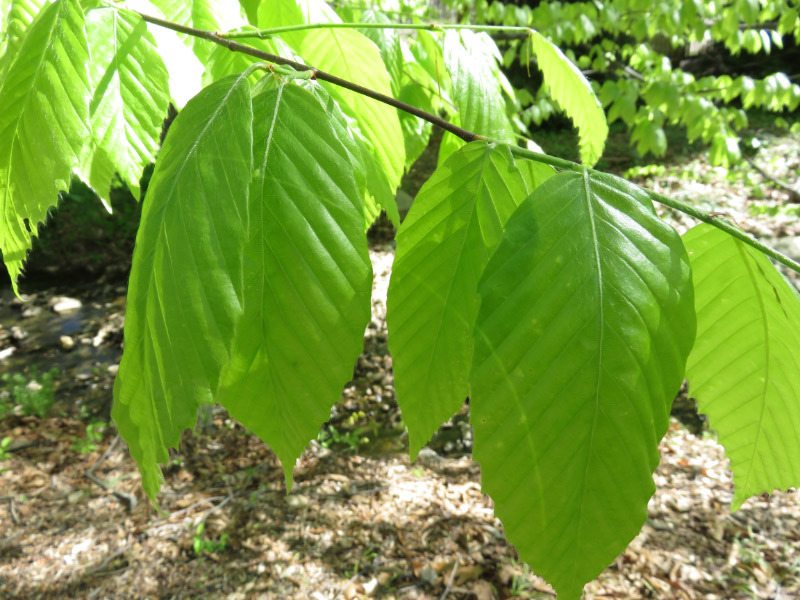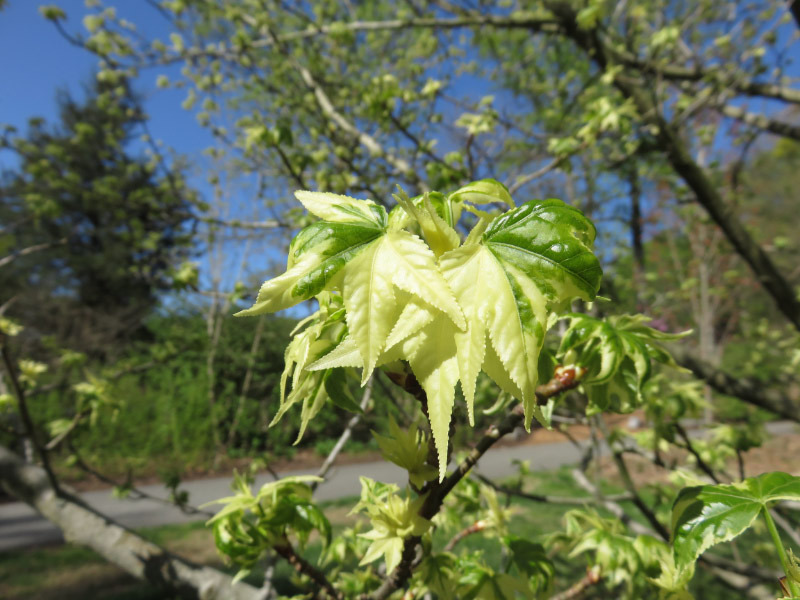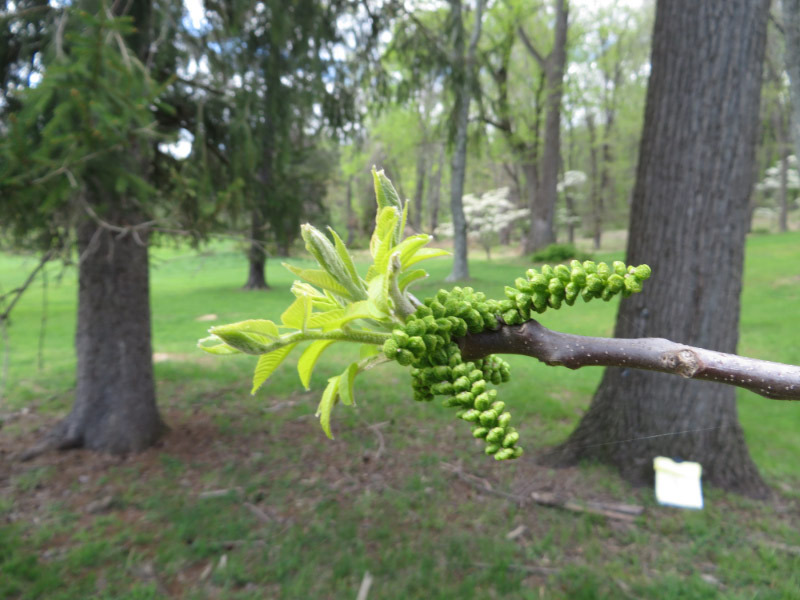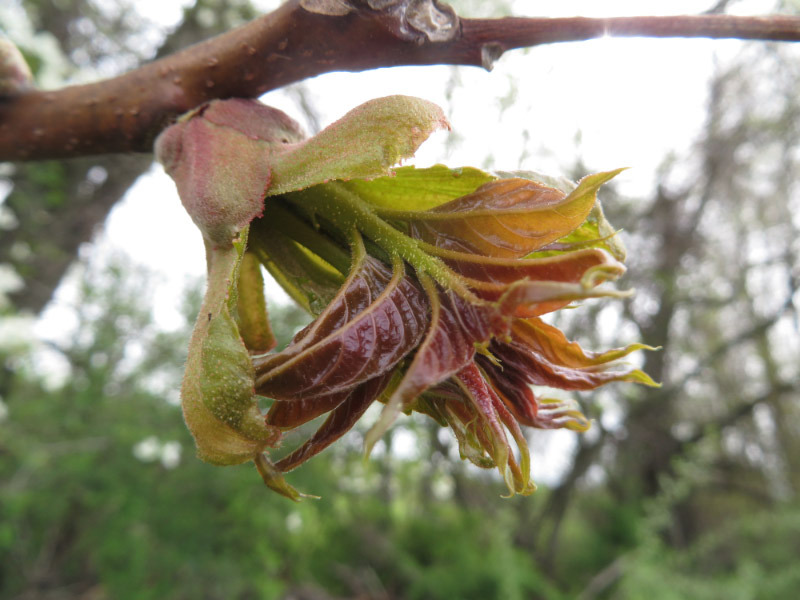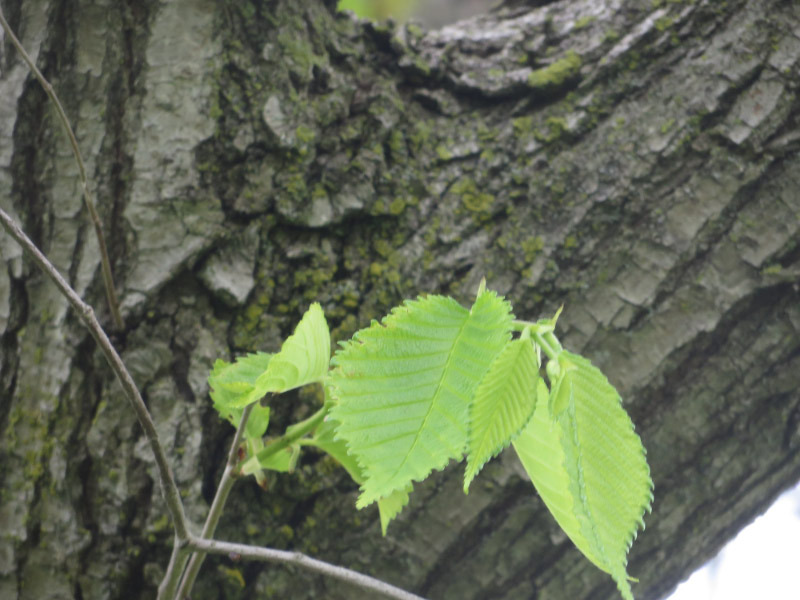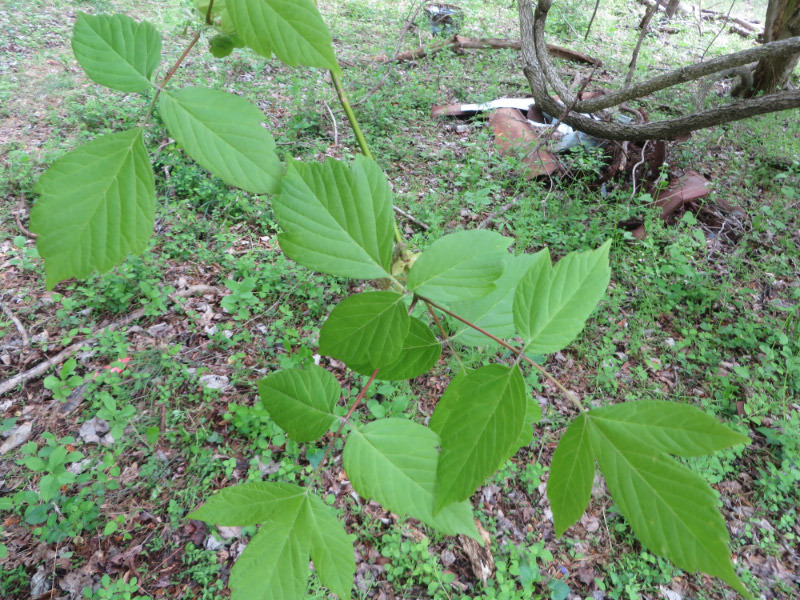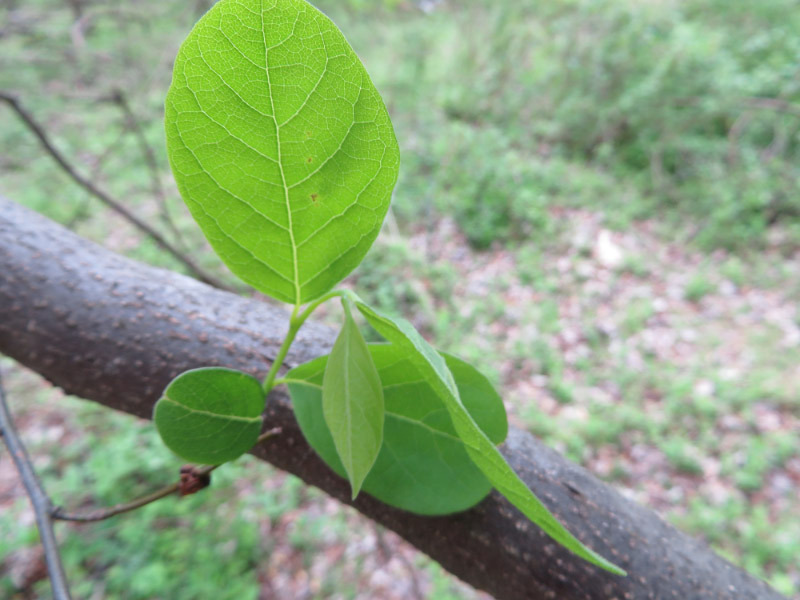Belmont Manor and Historic Park - May 2015
/I’ve been at Belmont several times since the Master Naturalist class - volunteering as a naturalist for school field trips. There are several trees with very showy blooms right now: a horse chestnut
I’ve been at Belmont several times since the Master Naturalist class - volunteering as a naturalist for school field trips. There are several trees with very showy blooms right now: a horse chestnut
And the tulip poplars. I was very pleased to find one with branches with blooms low enough to photograph easily.

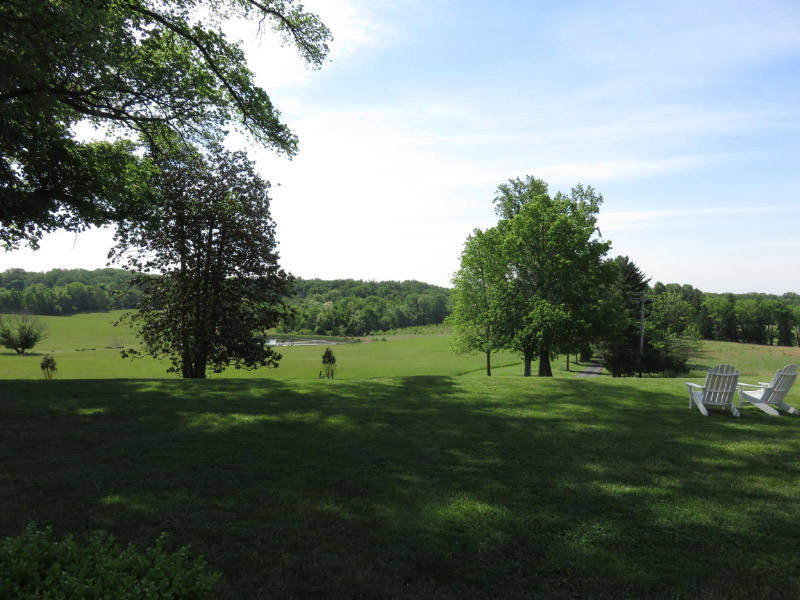
Belmont is known for its viewshed. From the front door of the manor house…there are no other signs of encroaching structures. It is like taking a step back in time.
Before the Europeans came - the area would have been forested. The biggest trees in that forest would have been American Chestnuts (destroyed in by Chestnut Blight in the 1900s) and the mulch on the forest floor would have been quite deep since the native biota were not as effective as earthworms at decomposing leaves.
The manor house was built in 1738. Much of the forest was cut to make fields for farming (for food and tobacco as a cash crop) and to make charcoal for iron forges (iron ore being readily available in the area. There probably were fewer trees than seen today from the front of the manor house. Over time the soil became less fertile and wheat became an important crop as well. For forests trees were represented in fence rows, along the entrance road, and on slopes as agricultural practices incorporated soil conservation practices. In the early 1900s, Belmont pastures hosted thoroughbred horses.
The pond that is seen just before the distant trees in the image above was added in the 1980s to retain water from a natural seep. It is a late addition to the view….but seems to fit.





